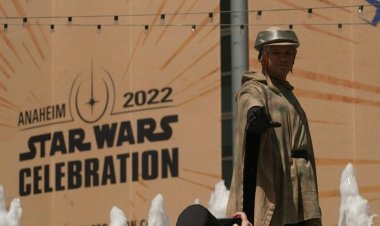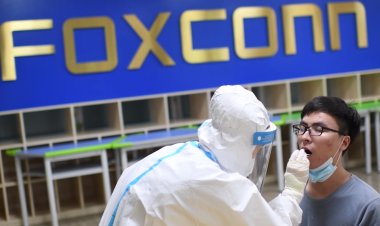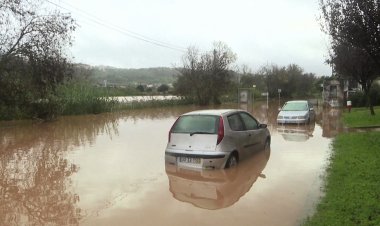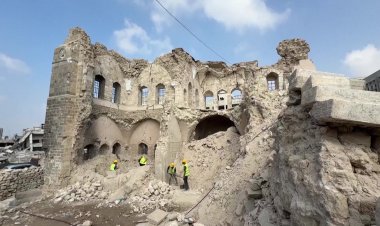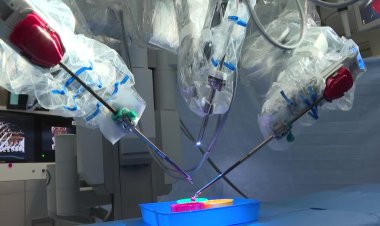Tear Gas Fired as Kenya Protests Turn Violent
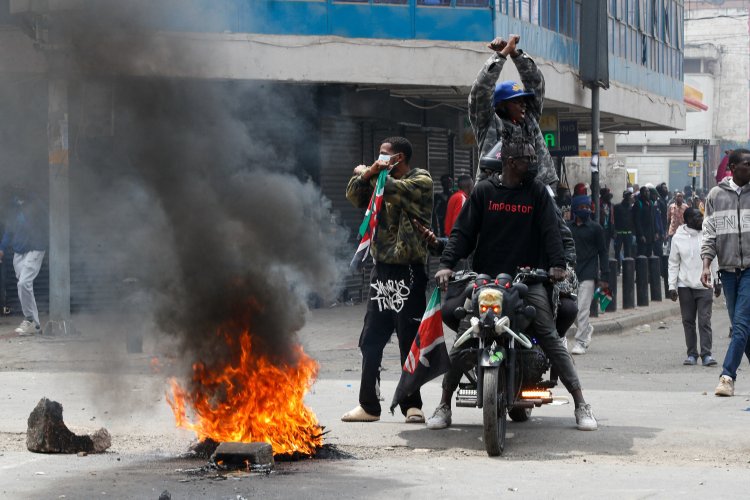
Riot police fired tear gas grenades and charged at stone-throwing protesters in downtown Nairobi and across Kenya in the most widespread unrest since at least two dozen protesters died in clashes a week ago.
The nationwide demonstrations signaled that President William Ruto had failed to appease a spontaneous youth protest movement, despite having abandoned plans for tax rises that triggered the unrest last week.
Tuhis demonstration began in an ebullient mood but turned violent as the day wore on. In Nairobi's downtown business district, police wearing helmets and carrying shields and wooden clubs charged at the protesters, and tear gas bombs exploded in the crowds.
A kiosk was set ablaze in the center of a street. Medics tended to a youth who lay on the pavement with a bloody hand. Police bundled other youths into the bed of a pickup truck.
Outside the capital, hundreds of protesters marched through Mombasa, Kenya's second largest city, on the Indian Ocean coast. They carried palm fronds, blew on plastic horns and beat on drums, chanting "Ruto must go!"
Later, Kenya's NTV television reported two people shot in Mombasa, showing pictures of cars ablaze.
Ruto, facing the worst crisis of his nearly two-year-old presidency, has been caught between the demands of lenders such as the International Monetary Fund to cut deficits, and a hard-pressed population reeling from the soaring cost of living.
Members of the protest movement, which has no official leaders and largely organizes via social media, have rejected Ruto's appeals for dialogue - even after he abandoned his proposed tax rises.
Other protests took place in Kisumu, Nakuru, Kajiado, Migori, Mlolongo and Rongo. In the southwestern town of Migori, protesters set tyres on fire.
Activists blamed violence on infiltrators they said had been unleashed by the government to discredit their movement, and said it was now time for protesters to disperse.




